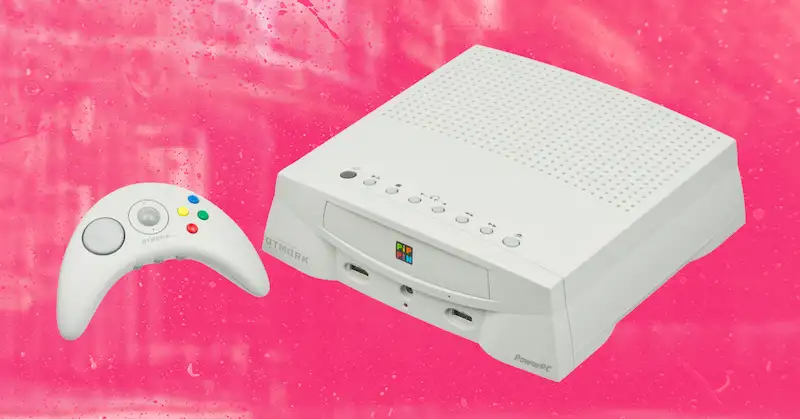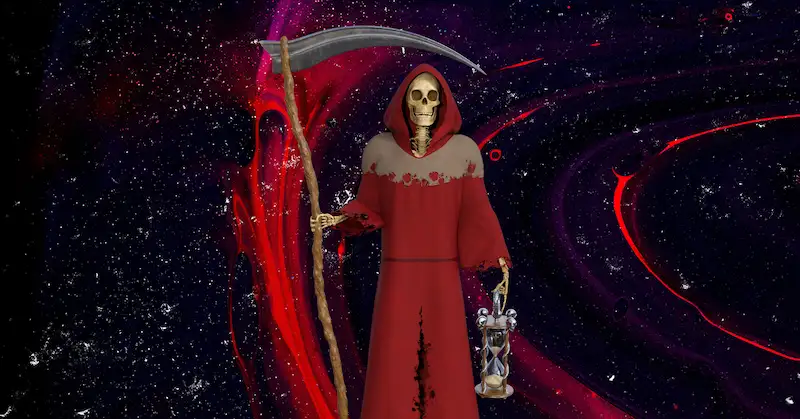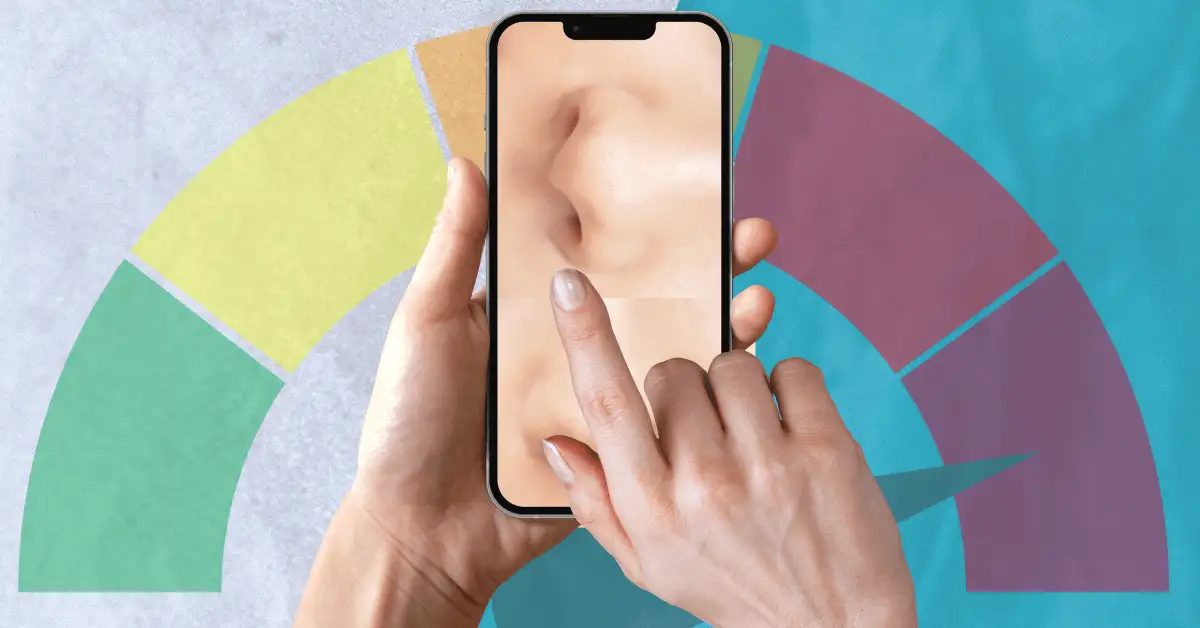Nowadays, we scan QR codes to do all sorts of stuff: read restaurant menus, activate washing machines, open doors, launch audio tours, etc.

In 2000, Digital Convergence’s CueCat — a plastic device that looked like a cat — did something similar. It scanned special bar codes on print ads, called “cues,” then took users to a relevant URL.
Yep, sounds like a QR code. So why didn’t it work?
Digital Convergence made its money via technology licensing deals with media and advertising clients, not from selling CueCats, which it gave away for free.
But over seven months, CueCat had generated less than six swipes per device across 3m devices, according to CNET.
The problems:
- CueCats had to be wired to computers, and were thus inconvenient for everyone except this woman from a RadioShack ad, who apparently relaxes by browsing magazines in front of her PC.
- A Wall Street Journal reviewer found it clunky and useless, requiring multiple “swipes” to work.
- Tech partners failed to provide useful or specific URLs.
- There were privacy concerns about the possibility that CueCats compiled databases of anyone who’d scanned a specific cue. It didn’t help that a hack revealed ~140k users’ personal data.
By January 2002, CueCat’s nine lives were all but up, costing investors $185m.
At the time…
… software developer Joel Spolsky, who’d received a free CueCat thanks to his Wired magazine subscription, blogged about its impracticality.
He compared it to a similar, and perhaps even sillier, Wired scheme that required taking a photo of an ad with a digital camera, uploading the photo to a computer, and using special software to convert that image to a URL.
It seems like what the tech really needed was a small internet-enabled box with a camera that we carry around all the time — but the iPhone wouldn’t debut until June 2007.










